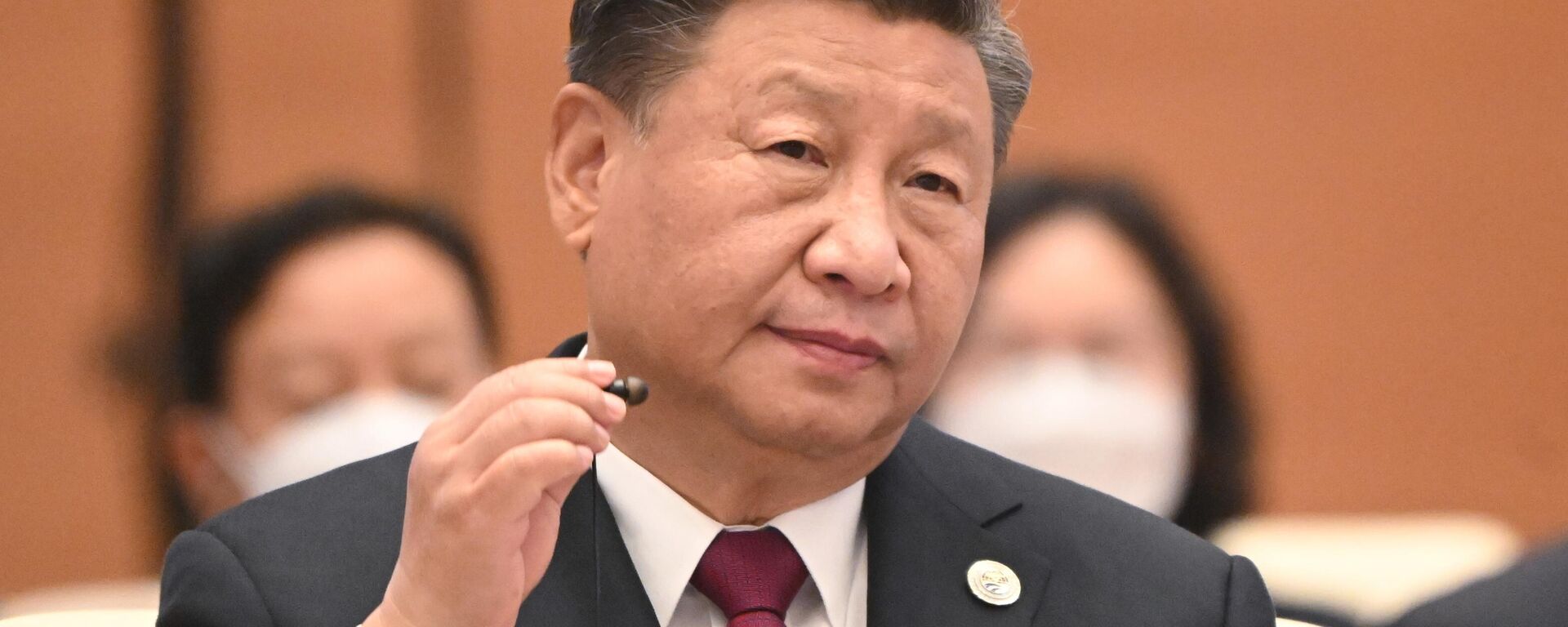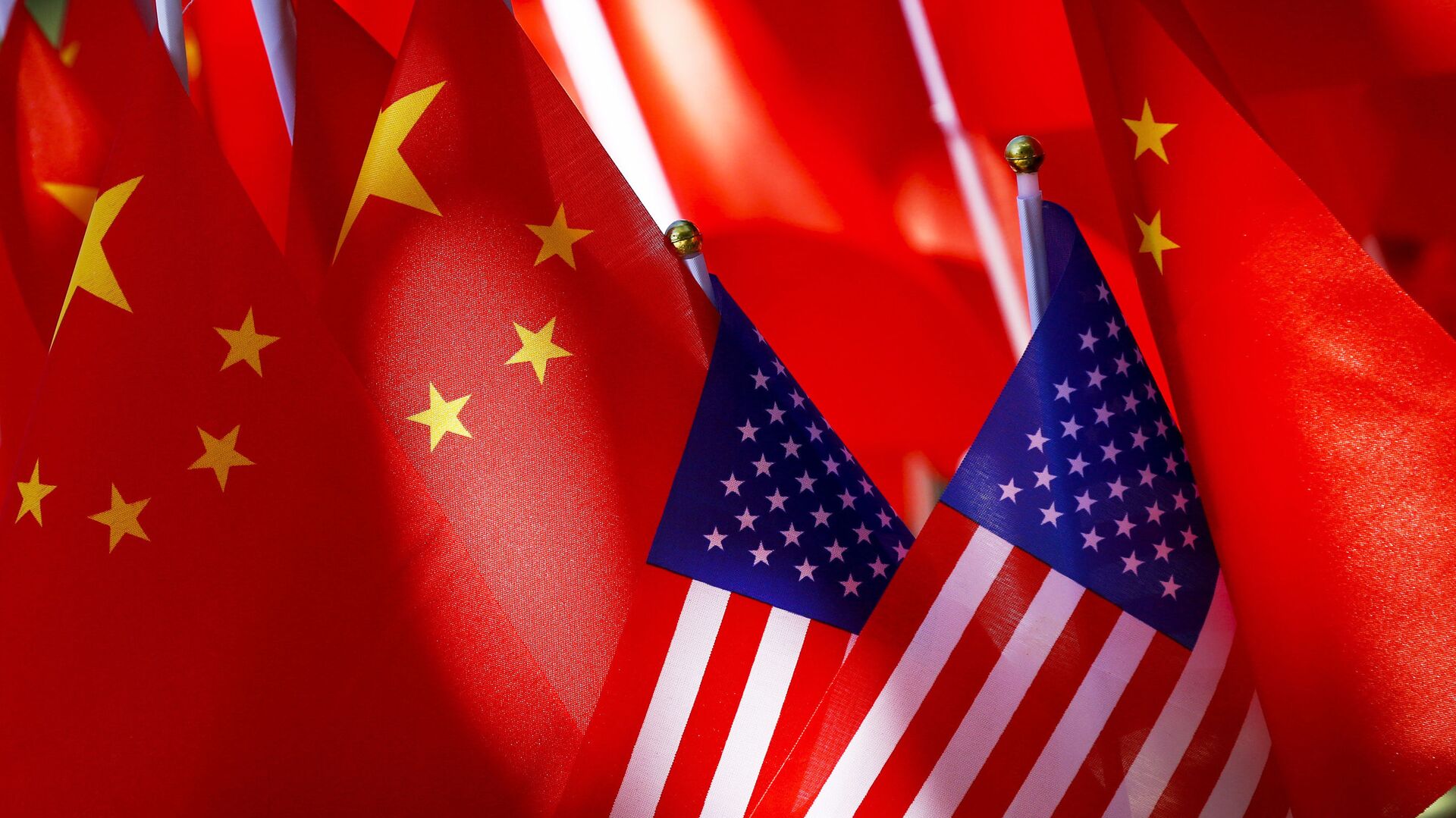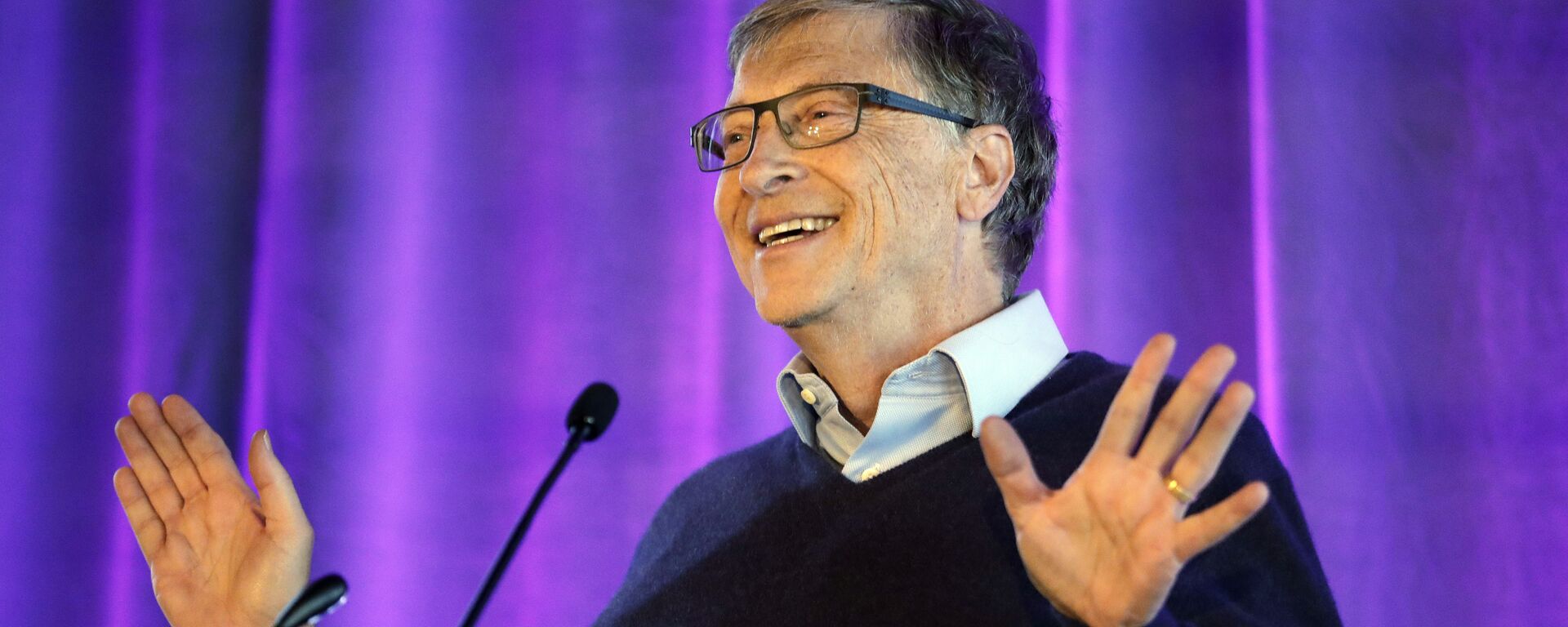https://sputnikglobe.com/20230303/china-boasts-stunning-lead-over-us-in-critical-tech-research-study-says-1107982437.html
China Boasts 'Stunning Lead' Over US in Critical Tech Research, Study Says
China Boasts 'Stunning Lead' Over US in Critical Tech Research, Study Says
Sputnik International
China boasts a 'stunning lead' over the US in research of critical and emerging technologies, a new study discovered.
2023-03-03T14:54+0000
2023-03-03T14:54+0000
2023-03-03T14:54+0000
world
china
us
xi jinping
technologies
artificial intelligence (ai)
robotics
defense
biotechnology
quantum
https://cdn1.img.sputnikglobe.com/img/07e5/02/0b/1082049363_0:140:2687:1651_1920x0_80_0_0_ed7b8c4934cf65905175bc1c9d511d3d.jpg
China has already positioned itself as a potential key science and technology superpower, according to data from a critical tech tracker. The Asian giant can boast a "stunning lead" over the US in high-impact research across critical and emerging technologies, underscored the Australian Strategic Policy Institute (ASPI).China’s global dominance is already manifested in 37 out of 44 technologies tracked by the ASPI project, an independent, non-partisan think tank. These technological advances range from defense, space, robotics, energy, and the environment, to biotechnology, artificial intelligence (AI), advanced materials and key quantum technology areas.Furthermore, for some of these critical technologies, their top 10 leading research institutions are based in China. These institutions of scientific knowledge, taken together, churn out nine times more high-impact research papers than the second-ranked country, which, in some instances, is the US.China's Academy of Sciences ranks first or second when it comes to a hefty part of these 44 technologies, the Critical Technology Tracker revealed. It also acknowledged that China’s impressive edge is the result of long-term policy planning, as oft-outlined by Chinese President Xi Jinping and his predecessors, the leaders of China's Communist Party.The report, resulting from a year-long study led by the institute's senior analyst Jamie Gaida, stated:Looking ahead, China's current lead could result in the country excelling in almost all sectors, even technologies that don't exist so far, ASPI said.Official figures in the US are likely to be chafed at the data, as Washington and Beijing have long butted heads over dominance in the race to develop advanced technologies. Washington resorted to numerous tactics to curb its rival's impressive strides, suffice it to recall how in 2019, the US obliged one of China's largest electronics makers, Huawei, and other manufacturers to apply for permission to buy technology from the Commerce Department. This effectively left the Chinese giant without 5G chips. In fact, restrictions on Huawei date back to the presidency of Donald Trump, when shipments were only possible with government permission as part of a crackdown strategy on Chinese firms the United States deemed a threat to US national security. The latter claims were repeatedly struck down by Beijing as unproven and concocted.In October 2022, the US not only expanded the list of companies covered by the restrictions, but also banned many foreign manufacturers from supplying Chinese customers. The Dutch company ASML, by far the largest manufacturer of photolithography equipment, also fell under the restrictions.However, amid such crackdowns, China has been taking deliberate, well-thought out steps to ensure it is as self-sufficient as possible, including in its scientific research. Earlier in the year, Chinese President Xi Jinping urged the leading body of the Communist Party of China to invest more heavily in cultivating China’s technological skill base in order to ensure it can be both self-sufficient and compete on a global scale. He underscored the need for greater investment in “basic research,” including science education at an earlier age, as well as “strengthening the feasibility studies and the selection and evaluation of major basic research projects, fully respecting scientists' advice, and grasping the general trends to make an early start,” in order to achieve “greater self-reliance and strength in science and technology” and to “become a world leader in science and technology,”according to Chinese media.Its enough to recall how in 2019, the US obliged one of China's largest electronics makers, Huawei, and other manufacturers to apply for permission to buy technology from the Commerce Department. This effectively left the Chinese giant without 5G chips. In fact, restrictions on Huawei date back to the presidency of Donald Trump, when shipments were only possible with government permission as part of a crackdown strategy on Chinese firms the United States deemed a threat to US national security.In October 2022, the US not only expanded the list of companies covered by the restrictions, but also banned many foreign manufacturers from supplying Chinese customers. The Dutch company ASML, by far the largest manufacturer of photolithography equipment, also fell under the restrictions.
https://sputnikglobe.com/20230302/bill-gates-says-us-wont-be-able-to-limit-chinas-microchip-industry-1107955520.html
https://sputnikglobe.com/20230222/xi-urges-politburo-to-push-massive-effort-to-place-china-at-head-of-global-sci-tech-revolution-1107720370.html
china
Sputnik International
feedback@sputniknews.com
+74956456601
MIA „Rossiya Segodnya“
2023
News
en_EN
Sputnik International
feedback@sputniknews.com
+74956456601
MIA „Rossiya Segodnya“
Sputnik International
feedback@sputniknews.com
+74956456601
MIA „Rossiya Segodnya“
china, stunning lead, lead over us, research of critical and emerging technologies, critical tech tracker, 37 out of 44 technologies, tracked by aspi, high-impact research papers, china’s global dominance, chinese president xi jinping, excelling in almost all sectors, china's largest electronics makers, huawei, restrictions on huawei, donald trump, crackdown strategy on chinese firms, cultivating china’s technological skill base
china, stunning lead, lead over us, research of critical and emerging technologies, critical tech tracker, 37 out of 44 technologies, tracked by aspi, high-impact research papers, china’s global dominance, chinese president xi jinping, excelling in almost all sectors, china's largest electronics makers, huawei, restrictions on huawei, donald trump, crackdown strategy on chinese firms, cultivating china’s technological skill base
China Boasts 'Stunning Lead' Over US in Critical Tech Research, Study Says
China has long nurtured plans to enable its tech sector to catapult it towards becoming a “fully developed nation” and “a global leader in terms of comprehensive national power and international influence” by 2049, with President Xi Jinping urging the Communist Party of China to invest heavily in cultivating the nation's technological skill base.
China has already positioned itself as a potential key science and technology superpower, according to data from a critical tech tracker. The Asian giant can boast a "stunning lead" over the US in high-impact research across critical and emerging technologies, underscored the
Australian Strategic Policy Institute (ASPI).China’s global dominance is already manifested in 37 out of 44 technologies tracked by the ASPI project, an independent, non-partisan think tank. These technological advances range from defense, space, robotics, energy, and the environment, to biotechnology, artificial intelligence (AI), advanced materials and key quantum technology areas.
Furthermore, for some of these critical technologies, their top 10 leading research institutions are based in China. These institutions of scientific knowledge, taken together, churn out nine times more high-impact research papers than the second-ranked country, which, in some instances, is the US.
China's Academy of Sciences ranks first or second when it comes to a hefty part of these 44 technologies, the Critical Technology Tracker revealed. It also acknowledged that China’s impressive edge is the result of long-term policy planning, as oft-outlined by Chinese President Xi Jinping and his predecessors, the leaders of China's Communist Party.
The report, resulting from a year-long study led by the institute's senior analyst Jamie Gaida, stated:
"Western democracies are losing the global technological competition, including the race for scientific and research breakthroughs."
Looking ahead, China's current lead could result in the country excelling in almost all sectors, even technologies that don't exist so far, ASPI said.
Official figures in the US are likely to be chafed at the data, as Washington and Beijing have long butted heads over dominance in the race to develop advanced technologies. Washington resorted to numerous tactics to curb its rival's impressive strides, suffice it to recall how in 2019, the US obliged one of China's largest electronics makers,
Huawei, and other manufacturers to apply for permission to buy technology from the Commerce Department. This effectively left the Chinese giant without 5G chips. In fact,
restrictions on Huawei date back to the presidency of Donald Trump, when shipments were only possible with government permission as part of a
crackdown strategy on Chinese firms the United States deemed a threat to US national security. The latter claims were repeatedly struck down by Beijing as unproven and concocted.
In October 2022, the US not only expanded the list of companies covered by the restrictions, but also banned many foreign manufacturers from supplying Chinese customers. The Dutch company ASML, by far the largest manufacturer of photolithography equipment, also
fell under the restrictions.
However, amid such crackdowns, China has been taking deliberate, well-thought out steps to ensure it is as self-sufficient as possible, including in its scientific research. Earlier in the year, Chinese President Xi Jinping urged the leading body of the Communist Party of China to invest more heavily in cultivating China’s technological skill base in order to ensure it can be both self-sufficient and compete on a global scale. He underscored the need for greater investment in “basic research,” including science education at an earlier age, as well as “strengthening the feasibility studies and the selection and evaluation of major basic research projects, fully respecting scientists' advice, and grasping the general trends to make an early start,” in order to achieve “greater self-reliance and strength in science and technology” and to “become a world leader in science and technology,”according to Chinese media.
Its enough to recall how in 2019, the US obliged one of China's largest electronics makers,
Huawei, and other manufacturers to apply for permission to buy technology from the Commerce Department. This effectively left the Chinese giant without 5G chips. In fact, restrictions on Huawei date back to the presidency of Donald Trump, when shipments were only possible with government permission as part of a crackdown strategy on Chinese firms the United States deemed a threat to US national security.
In October 2022, the US not only expanded the list of companies covered by the restrictions, but also banned many foreign manufacturers from supplying Chinese customers. The Dutch company ASML, by far the largest manufacturer of photolithography equipment, also
fell under the restrictions.

22 February 2023, 21:11 GMT





